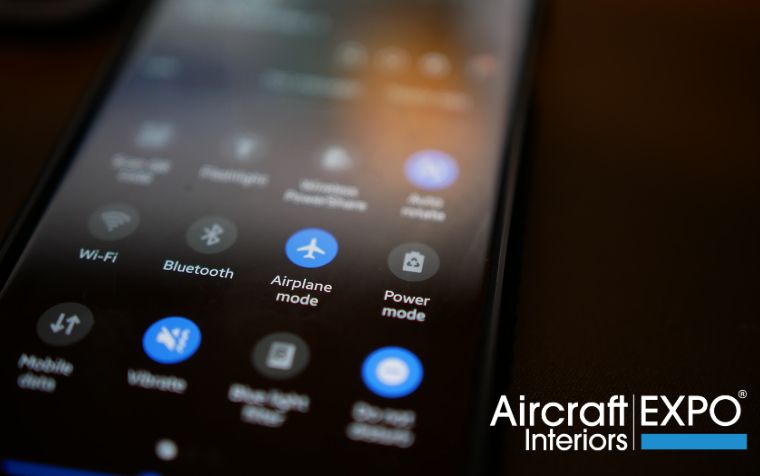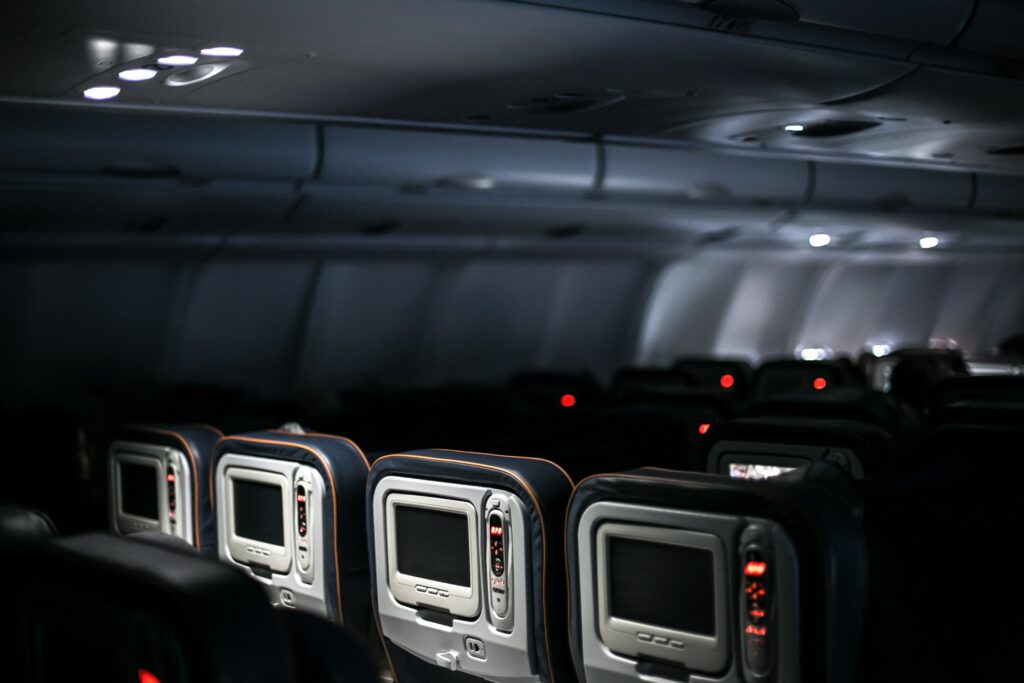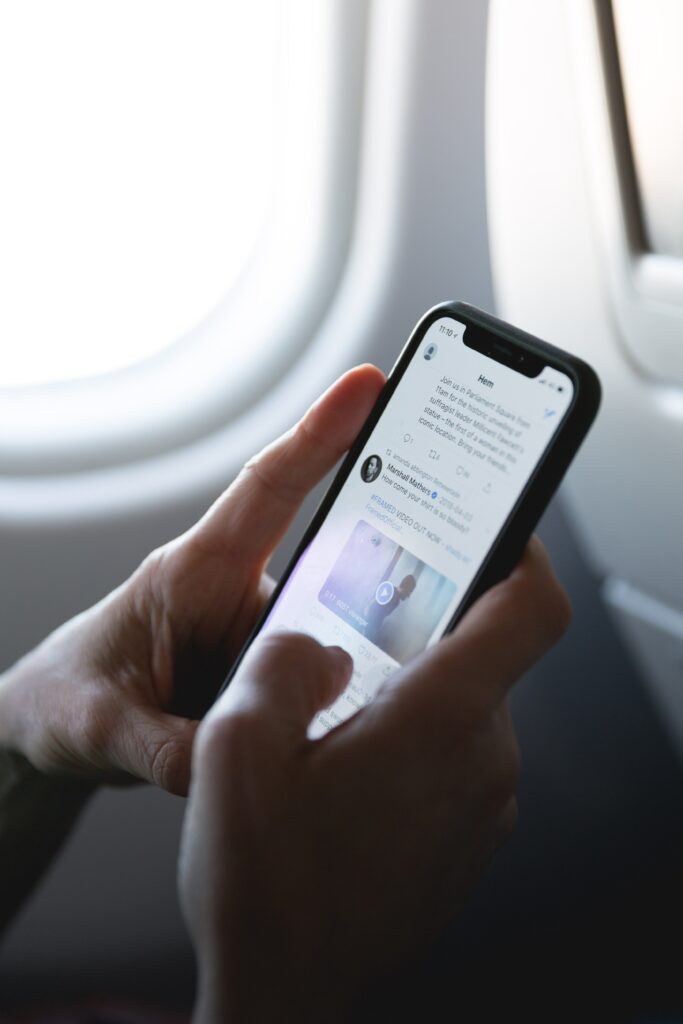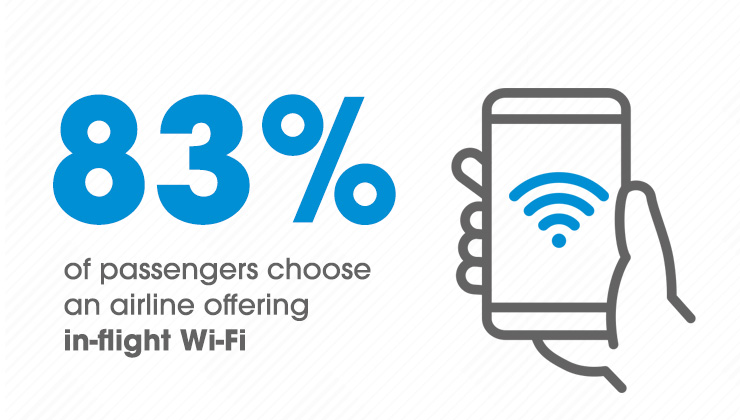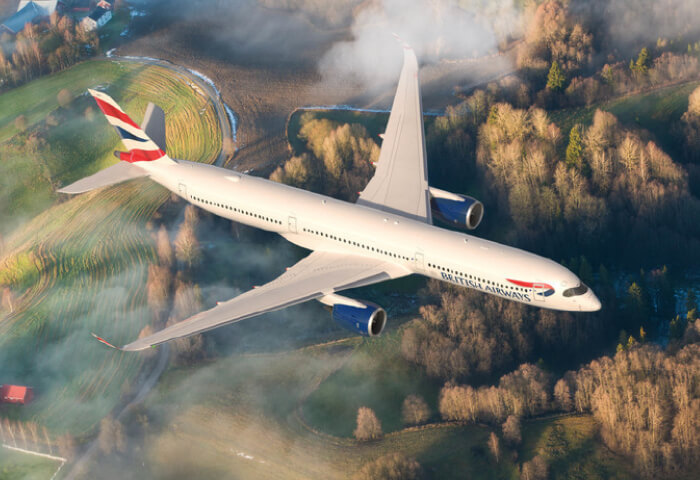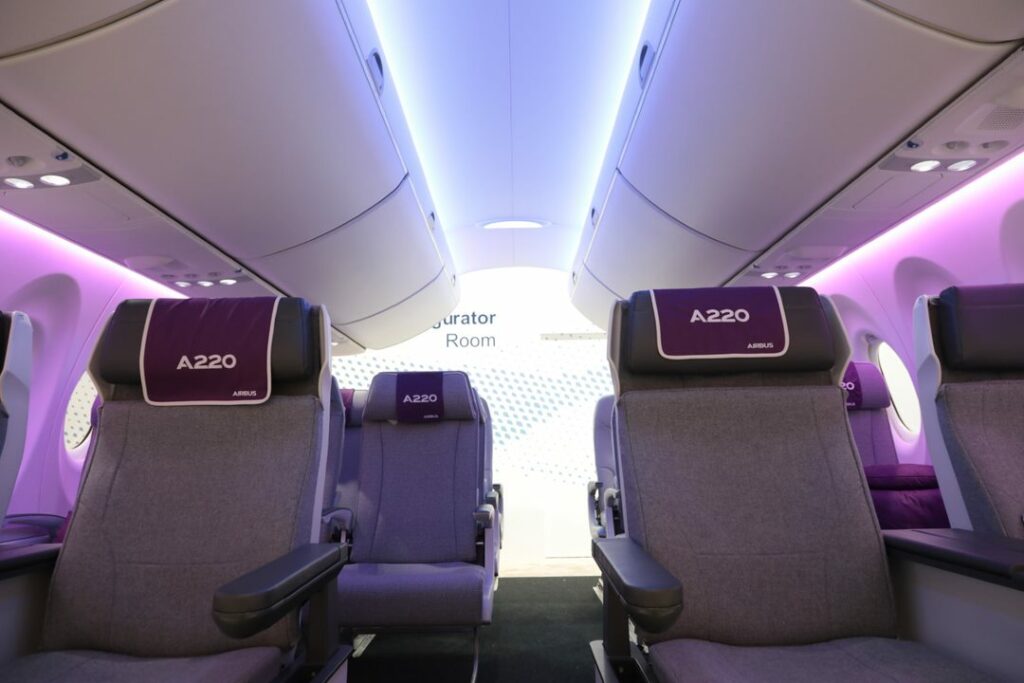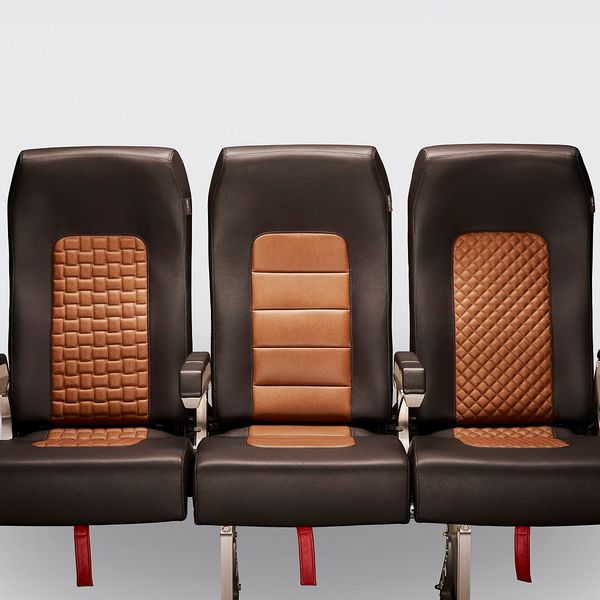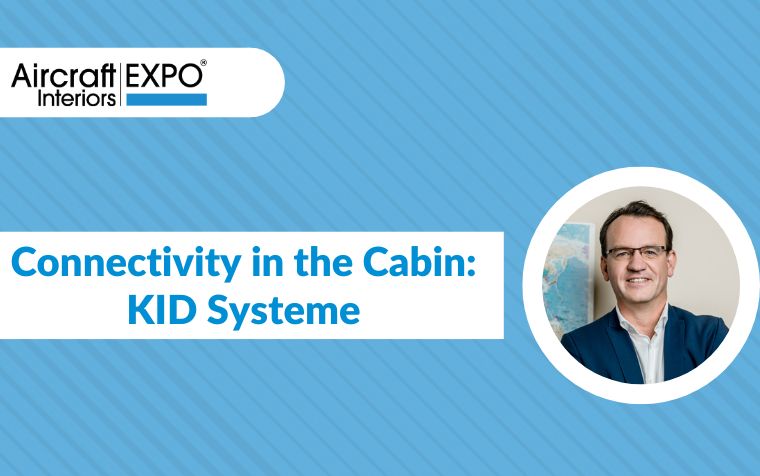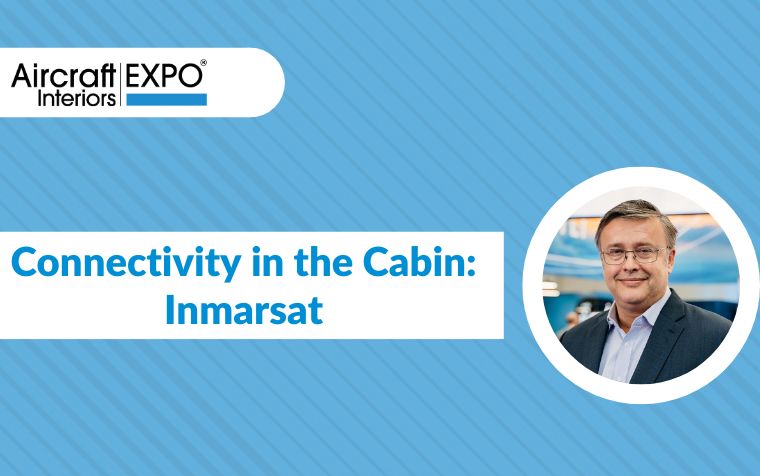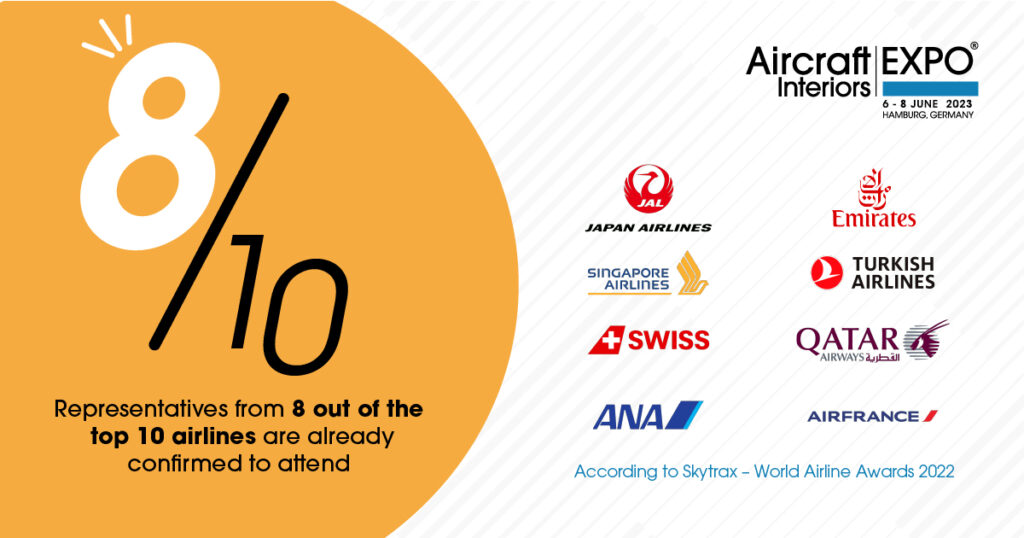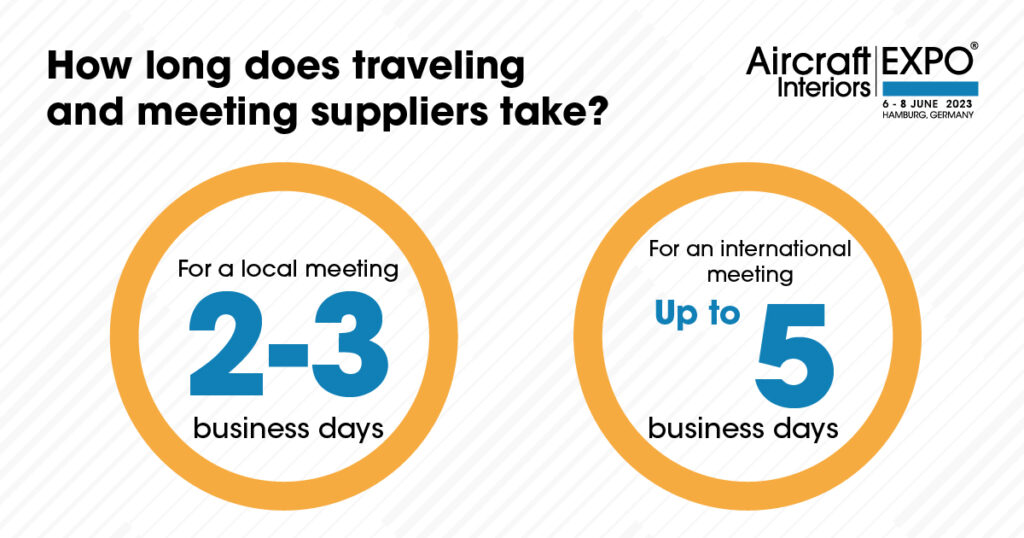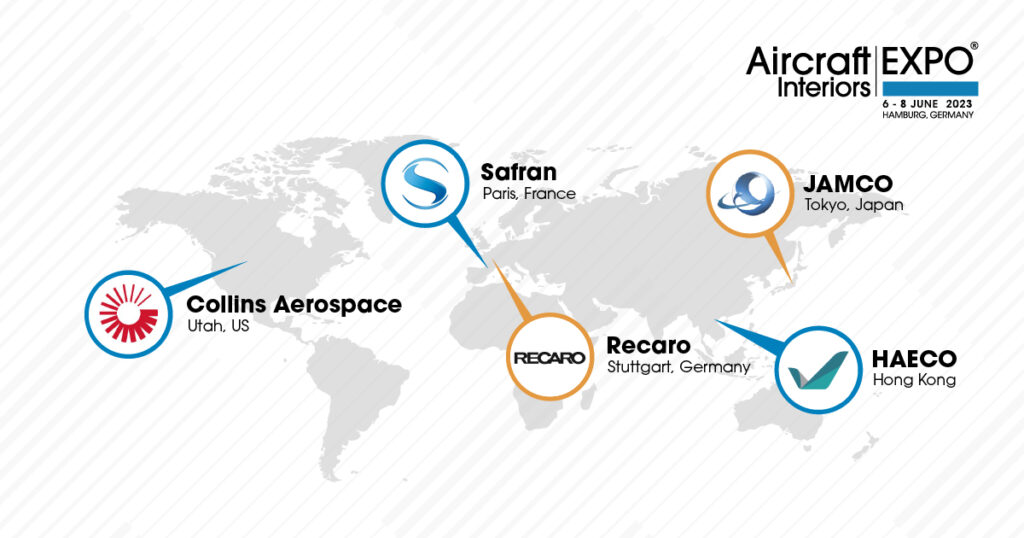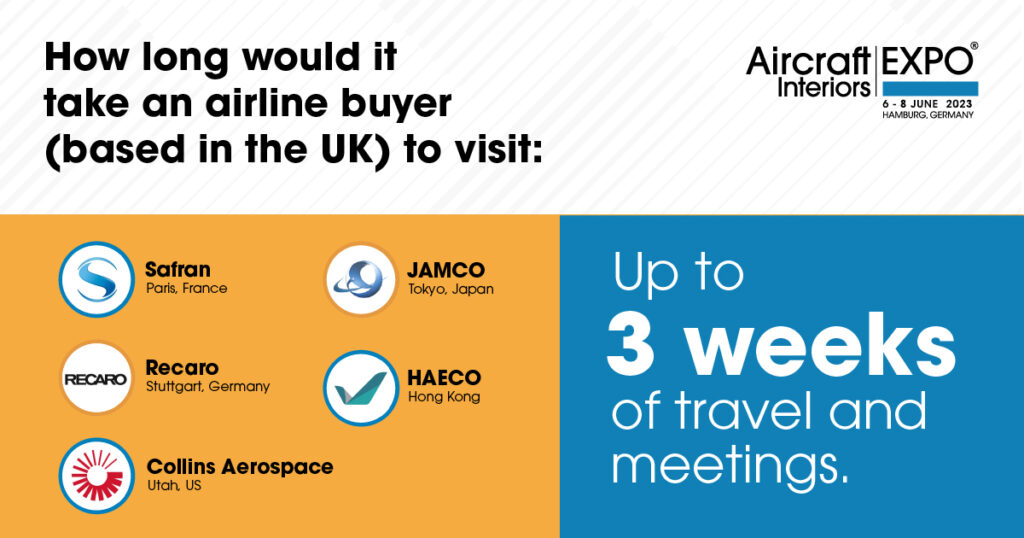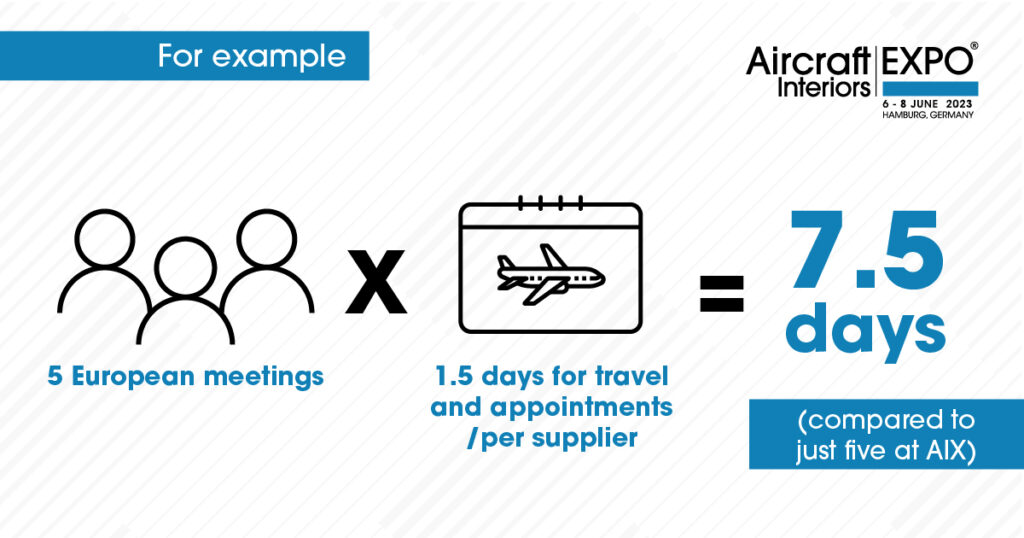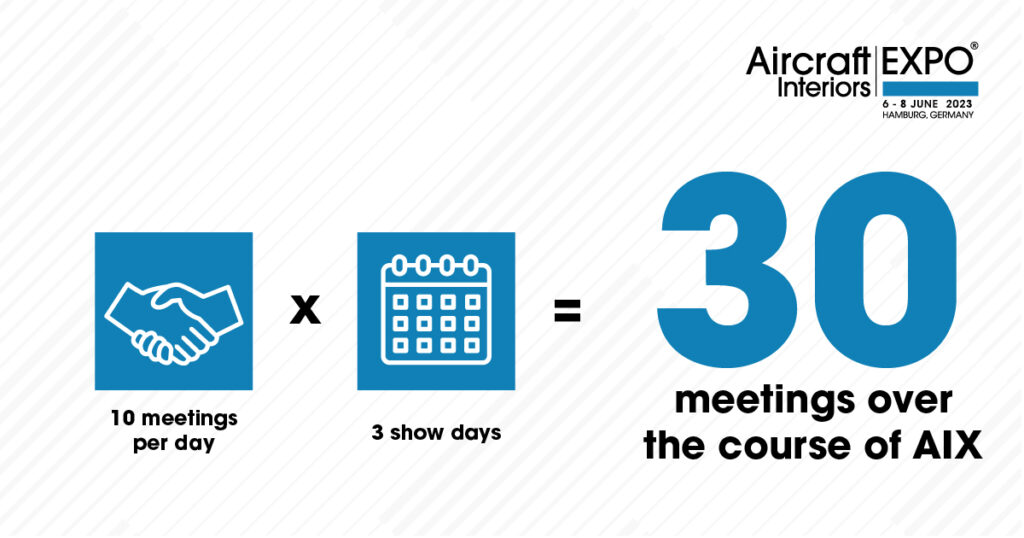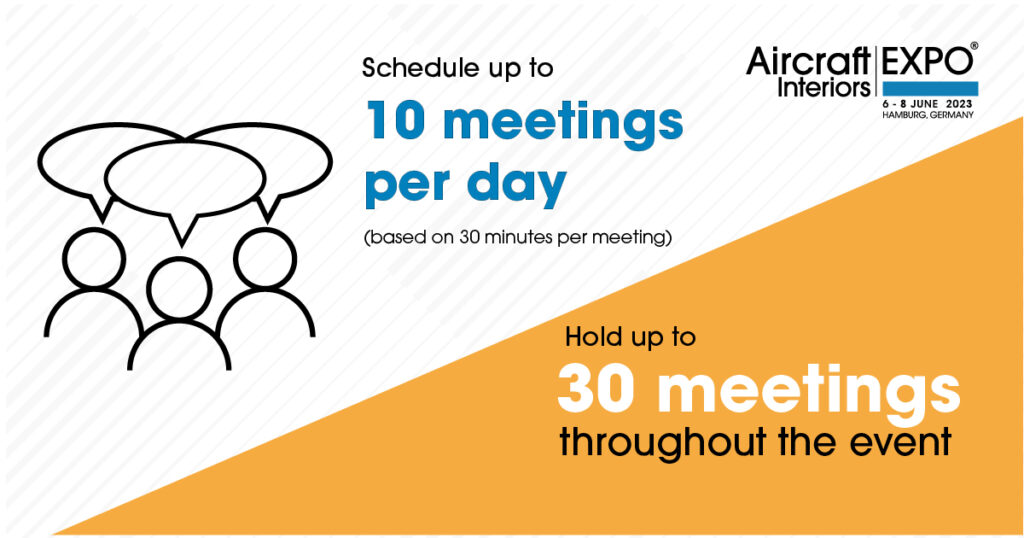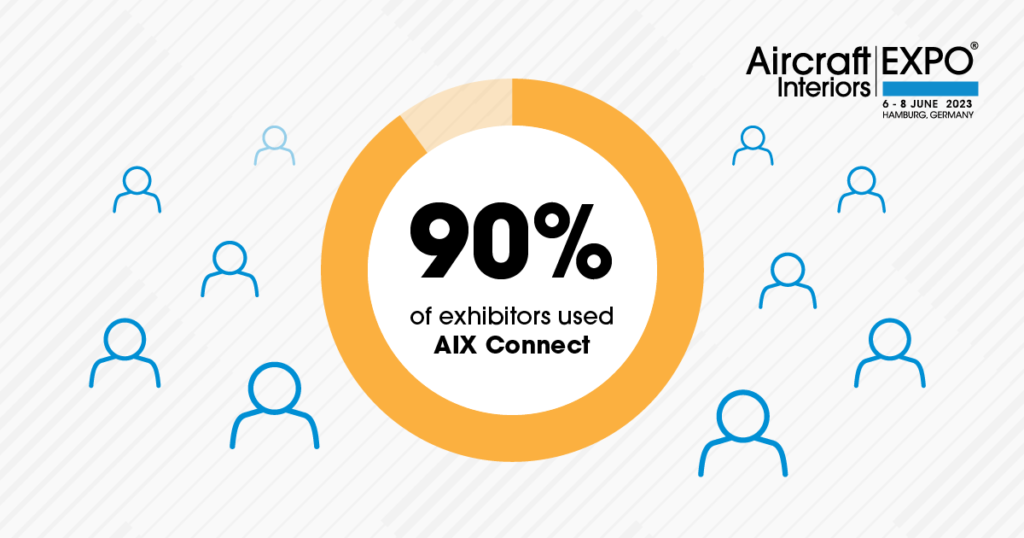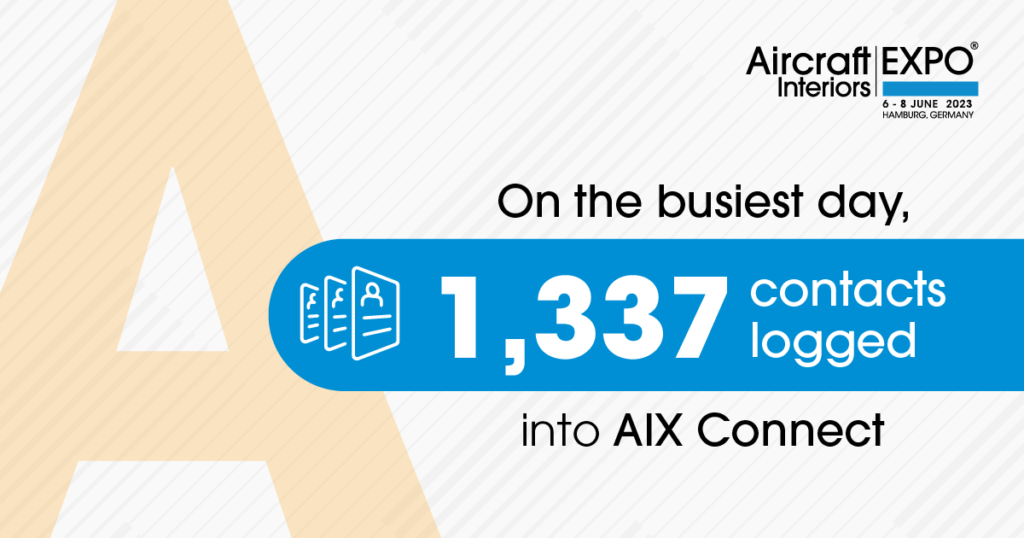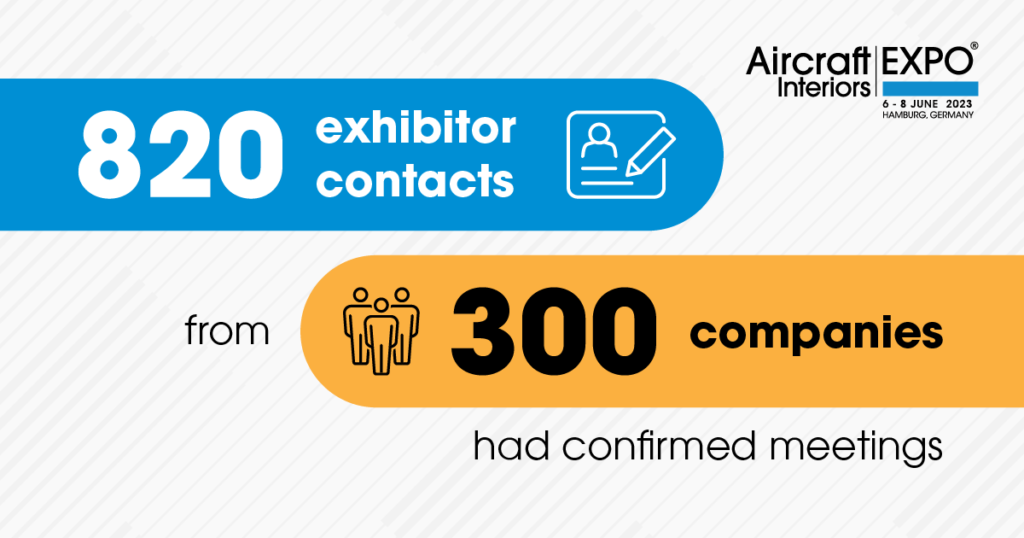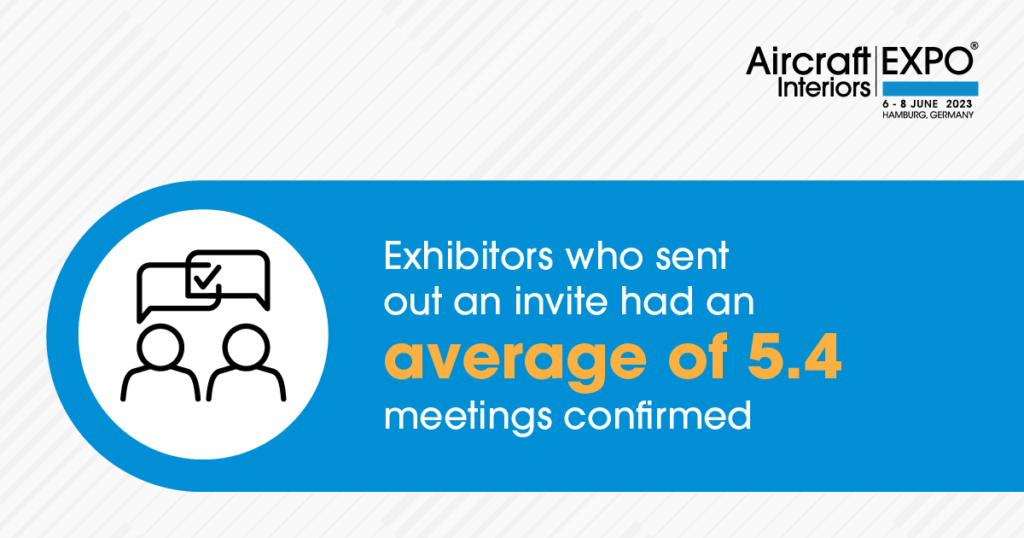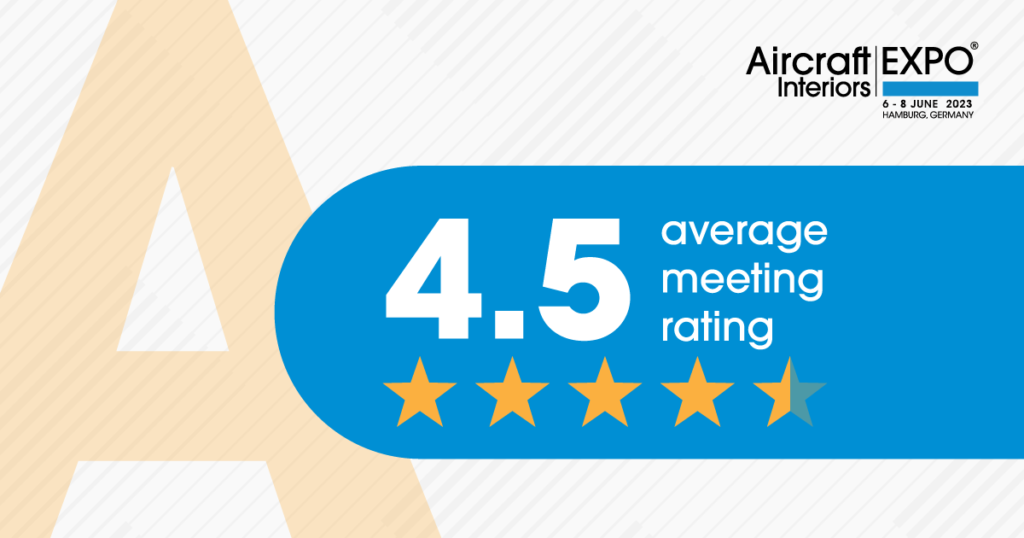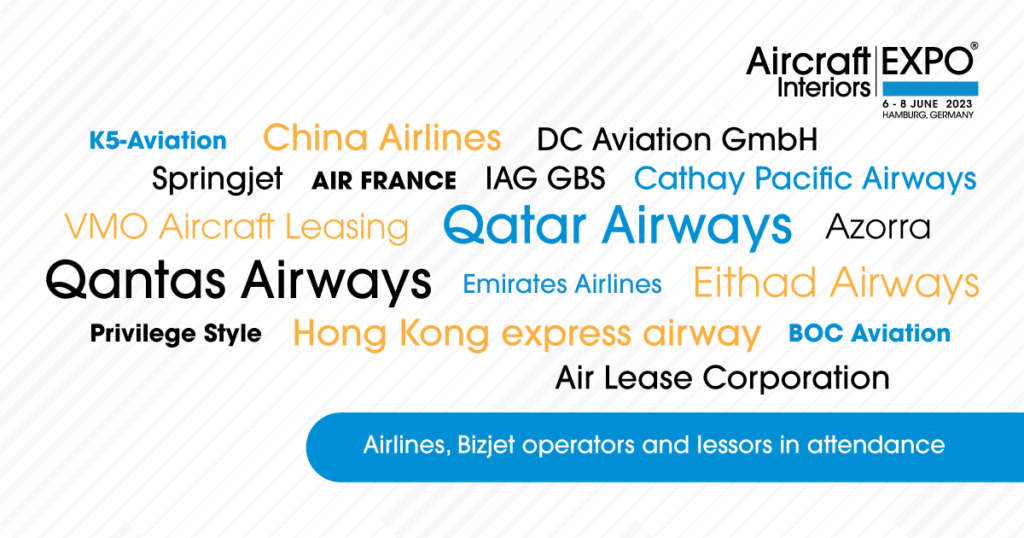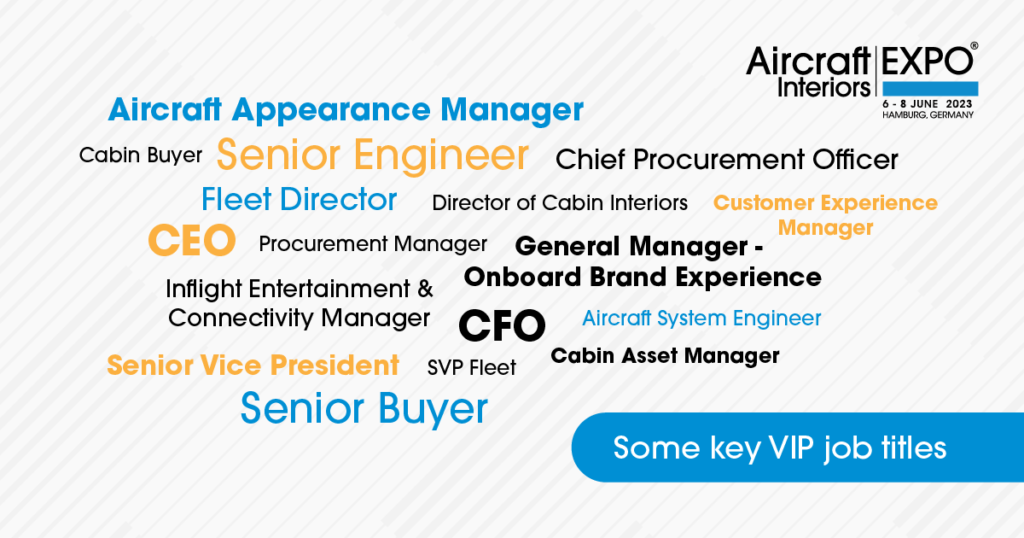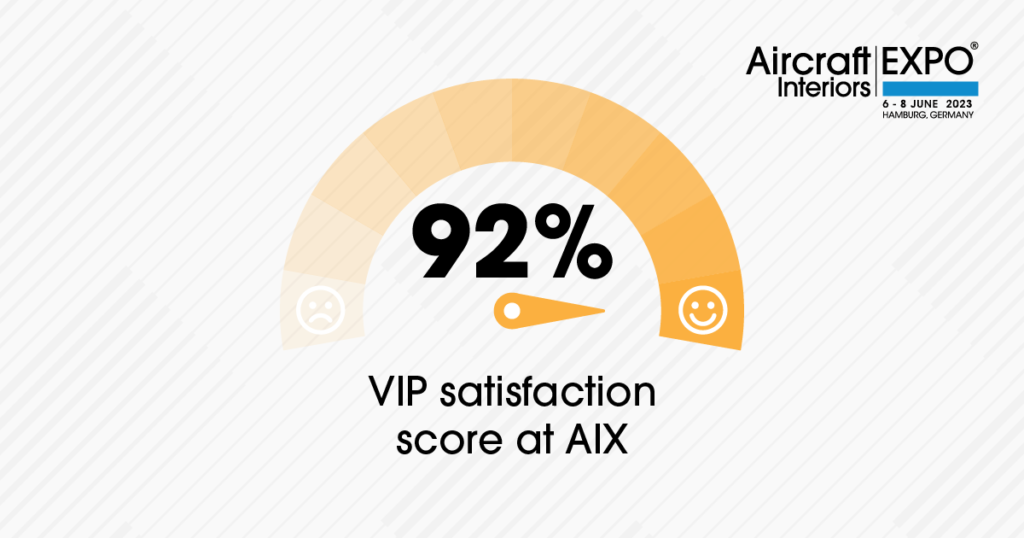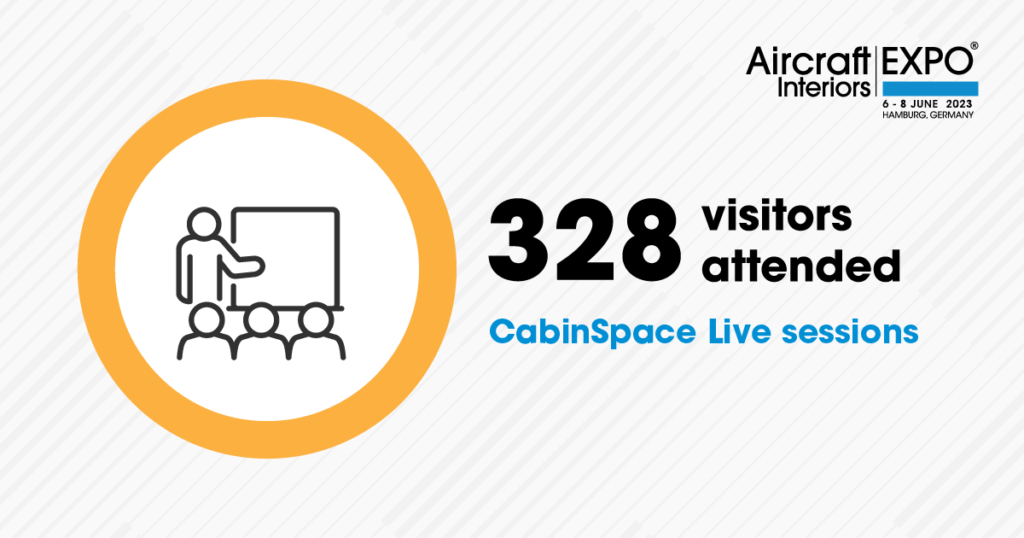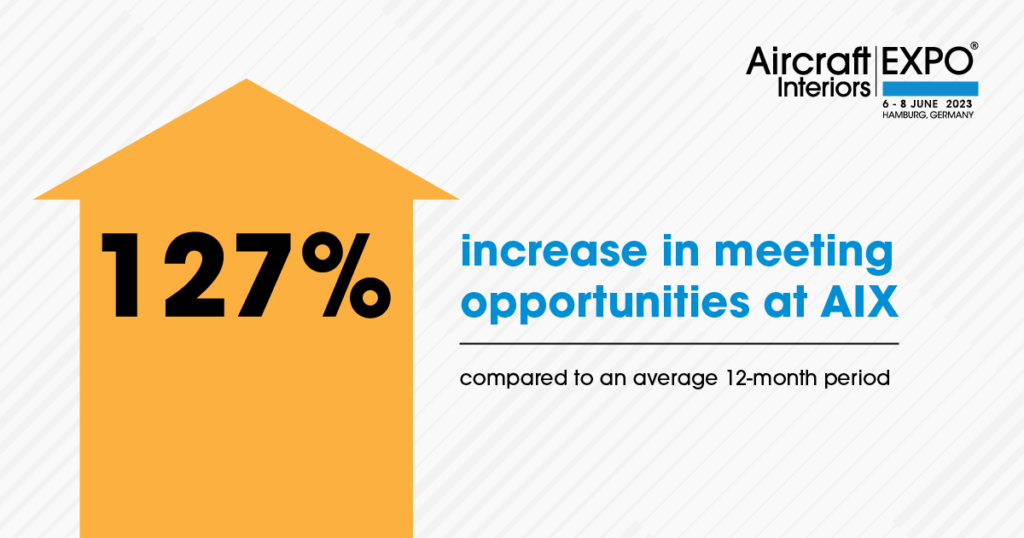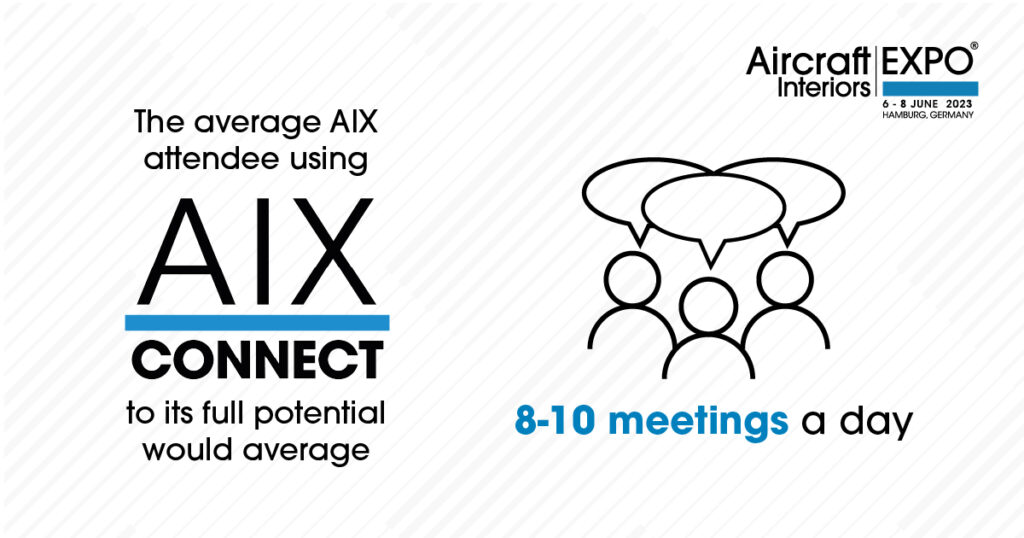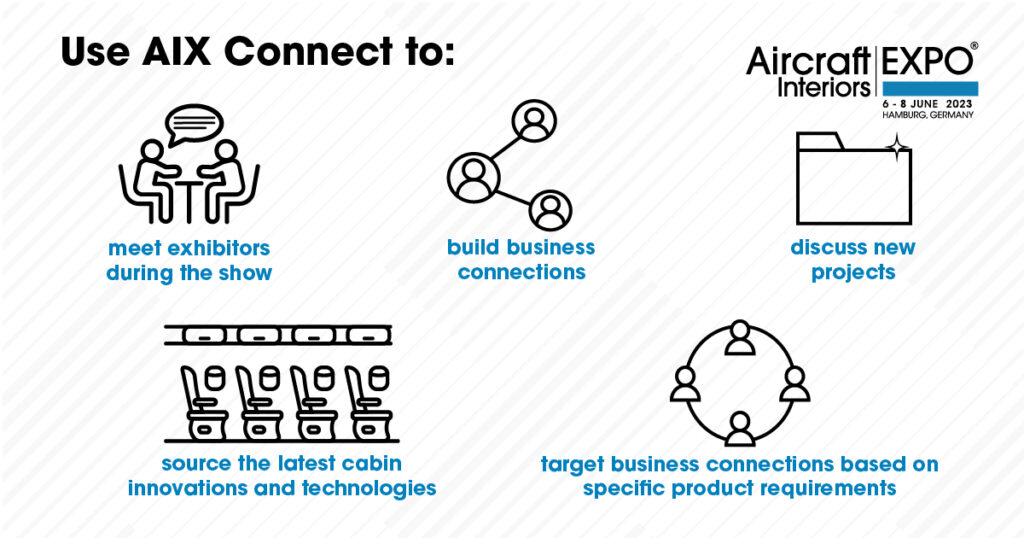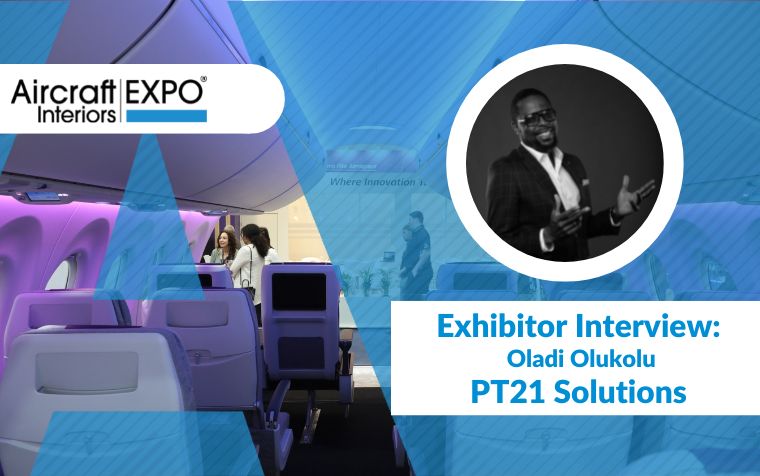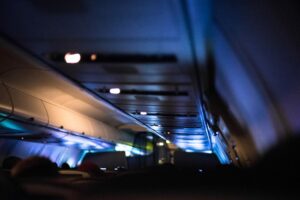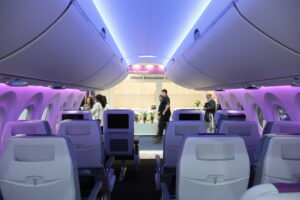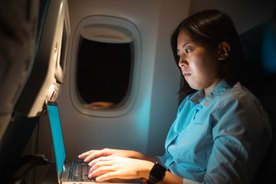The booming business jet market appears to have overcome the strains caused by the global pandemic and scrutiny over operational costs. In addition, changing passenger expectations for comfort, entertainment and connectivity as well as a spike in younger buyers are both contributing to a period of growth for the sector.
Find out more about Bizjet at AIX.
What is Bizjet?
A business class plane or business jet, often referred to as a “bizjet,” is a type of aircraft that is designed for use by companies and other organisations for the transportation of corporate executives and other personnel.
These aircraft are typically smaller than commercial airliners, and are often equipped with luxurious amenities such as comfortable seating, private bedrooms, and meeting areas that may not be found simply when you fly business class. Business jets are also able to take off and land at smaller airports and can fly at higher altitudes, which makes them more efficient for travel to remote locations.
What is the current state of the Bizjet aircraft cabin interiors market?
The market for business jet aircraft cabin interiors is experiencing growth, driven by an increase in demand for luxury and customisation in business jet travel. There is a growing trend towards equipping business jets with high-end amenities such as premium seating, advanced entertainment systems, and gourmet kitchens.
Additionally, many companies are investing in new technologies such as high-speed internet and wireless charging to make the in-flight experience more comfortable and productive for passengers in business class and on business jets. And, on the back-end of the global pandemic, the market is seeing an increased demand for enhanced air filtration systems and touchless technologies.
Other trends include, for example, customer-oriented Bizjet solutions. One such example is AeroVisto and VARTAN.AERO’s collaboration on a unique 360°CabinService that sets out to optimise cabin refurbishment projects.
Their “one shop stop” service includes:
- disassembly of the cabin
- outgoing inspection
- packaging and transport
- interior refurbishment
- return transport and unpacking
- incoming inspection and reassembly
- quality inspection
- handover of the aircraft cabin to the customer
This is especially interesting when considering the current strong demand for pre-owned bizjets that the industry is experiencing.
In their latest AI2 Market Report, Asset Insight found that inventory and overall ask price of pre-owned business aircraft continued to increase during Q3, 2022, and there is continued “very strong” demand.
As such, the market for business jet aircraft cabin interiors is still expected to continue to grow in the coming years, driven by increased demand for luxury and customisation alongside advancements in technology.
“The global business jet cabin interiors market size is projected to grow from USD 7.2 billion in 2020 to USD 9.6 billion by 2025.”
Current challenges to Bizjet aircraft cabin interiors
As of 2021, some of the challenges facing the business jet aircraft cabin interiors market include:
Environmental concerns
The aviation industry is facing increasing pressure to reduce its environmental impact. As Business Jet Interiors International have highlighted, this has led to a growing demand for sustainable materials and technologies in the cabin interiors of business jets, which can be challenging for manufacturers to meet.
Competition
The market for Bizjet interiors is highly competitive, with a large number of manufacturers vying for market share whilst also having to potentially compete with a business class flight and the amenities offered by market leaders like a business class Emirates seats, the Boeing 777 cabin or Qatar’s A350 business class seats.
“The global business jet cabin interiors market is expected to grow at a CAGR of 6.4% during the forecast period 2021-2026.”
Maintenance and repair
Business jets cabin interiors are very complex and have a lot of moving parts, which can be expensive and time-consuming to maintain and repair.
Post-pandemic travel restrictions
With the world still recovering from the global pandemic, travel restrictions are still in place in many countries. This can limit the use of business jets, and affect related markets for business jet interiors.
However, these potential challenges are counterbalanced by clear economic upturn in the sector.
Current bizjet aircraft interior trends
There are several current trends in business jet aircraft cabin interiors, including:
1. Flight numbers are up:
ACJ’s analysis of recent WingX data found that for the period January-August 2022, every month has seen an increase in business aircraft departures in the USA compared with the same months in 2019.
In fact, across the January-August 2022 period, there were around 2.76 million business aircraft departures in the USA – an increase of more than 303,000 (or 12.3%) compared with the same period of 2019.
2. Increased customisation:
Business jet customers are demanding more personalised and unique cabin interiors that reflect their individual tastes and lifestyles.
3. Advanced technology:
Cabin interiors are incorporating more advanced technology, such as high-definition displays, touchscreens, and wireless connectivity, to enhance the passenger experience.
4. A Rise in Younger Buyers:
According to new data from Jetcraft, the under 45s share of the pre-owned business jet market has risen by 20% in the last five years. The company states that this is indicative of a larger post-pandemic trend towards larger aircraft purchases, with average transaction prices also rising.
5. Increased comfort:
Business jet manufacturers are focusing on creating more comfortable and ergonomic seating, as well as better sound insulation, to improve the overall passenger experience.
6. Sustainable materials:
Manufacturers are using more sustainable and eco-friendly materials in cabin interiors, such as recycled fabrics and low-emitting adhesives, to reduce their environmental impact.
7. Health and wellness features:
Manufacturers are incorporating features such as air purification systems, UV-C lighting and antimicrobial surfaces in the cabin interiors to enhance the health and wellness of the passengers.
8. Increased collaboration:
Manufacturers are collaborating with luxury brands and designers to create unique and high-end cabin interiors that reflect the latest trends in fashion and design.
9. Virtual Reality:
Virtual Reality is being used to create immersive and interactive experiences for the passengers, including virtual tours of the cabin and virtual tours of the destinations.
10. Increased Automation:
Automation is becoming more common in cabin interiors, which can help to improve the overall efficiency and reduce workload for flight crews.
What’s happening in the world of bizjet?
There have been several big stories in the business jet aircraft cabin interiors industry in recent years, focused around new aircraft like:
- Gulfstream’s G650ER: can fly 7,500 nautical miles nonstop, has a luxurious and spacious cabin interior that features large windows, high ceilings, and a variety of customisation options.
- Bombardier’s Global 7500: features a four-zone layout, with a variety of customisation options, including a full-size shower, and a private bedroom.
- Dassault Falcon 8X: offers a variety of customisation options, including a full-size shower, a private bedroom, and a dining area that can seat up to eight people.
- Gulfstream G600: features customisation options such as an office area, a lounge, a private bedroom, a dining area and a fully-equipped kitchen.
As well as, more generally:
- Boeing Business Jet: also offers customisation options to include a shower, bedroom, and dining area.
- Airbus Corporate Jets: have a variety of customisation options available to their customers, including an office area, lounge, bedroom, dining area and a fully-equipped kitchen.
All these examples serve to show that, despite the challenges faced by the Bizjet, and more specifically, business jet interiors, industry – the sector is still seeing sustained growth and interest. This is largely due to an upward trend in the expectations of business class and bizjet passengers.
It can also be attributed to a climate of increased collaboration and innovation whereby bizjet interiors are attempting to seamlessly incorporate technological and operational advancements to improve the passenger experience.


